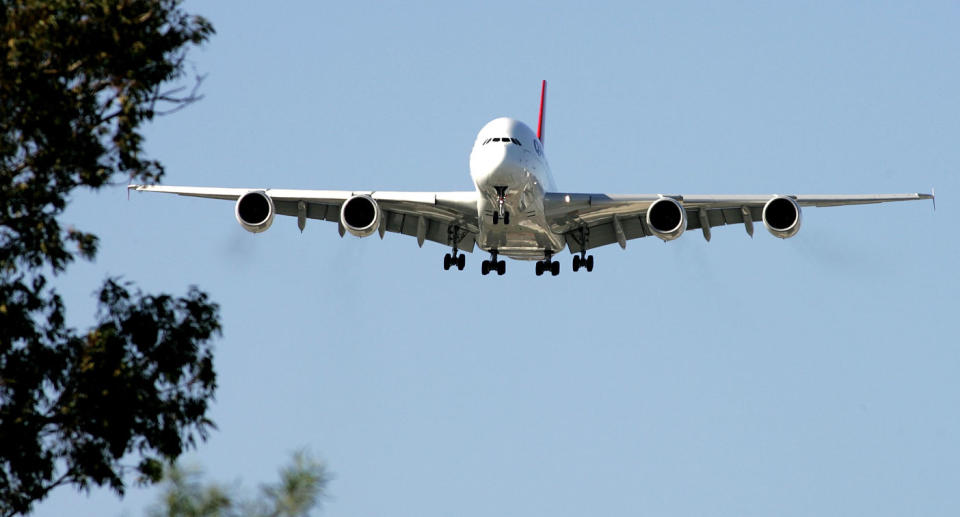How airlines decide which flights to cancel
Having a flight cancelled can be frustrating for commuters and throw a spanner in the works especially for those with detailed and time-sensitive itineraries.
While a cancelled flight might cause a painful headache for eager travellers, it’s important to remember such decisions must be made in order to prioritise safety.
With powerful wind causing widespread delays and cancellations this week across Australia’s east coast, aviation expert Geoffrey Thomas shared the factors pilots must take into account when cancelling a flight.
Not only are flights often cancelled due to difficulty in taking off, but in the instance of strong wind, it’s more likely flights be cancelled over risks associated with landing, Mr Thomas told Yahoo News Australia.
“Take-offs are not so much the problem, landing is the problem,” Mr Thomas said.

“In extreme weather conditions you’re going to have crosswinds that are stronger than the operating limits of the aircraft.
“Different aircrafts are certified for different levels of crosswind and if the wind speed exceeds the aircraft’s certification limit, then they can’t land in a crosswind scenario.”
Strong wind can make for both dangerous crosswind on the runway and cause turbulence for pilots as they approach a runway for landing, Mr Thomas said.
“If the wind is very very strong, and also very turbulent, then the aircraft is not stable on approach and therefore the pilots can’t land,” he said.
Therefore in extreme weather conditions, such as the polar blast hitting the eastern seaboard this week, a lot of airports won’t be available.
How strong is wind before flights are cancelled?
The strength of winds determining whether flights are cancelled is dependent on each individual aircraft’s capabilities, according to Mr Thomas.
“Typically when you’re getting up to 30 knots (55.6km/h) you’ve got a problem,” he said.
Air Traffic Control officers pass on information to pilots about runway wind conditions, gusts and directions using several airfield monitors.
“In these sorts of conditions, you’ve got all sorts of wind issues which make landing very, very difficult, and in many cases too dangerous and beyond the certification limits of the aircraft.

“You’ll find airlines like Rex, with small aircraft, cancelling a lot of flights, whereas someone like Qantas with bigger aircraft would cancel fewer flights.
“Unfortunately it becomes a real mess because you’ve got all sorts of dynamics come into play and it’s an extremely challenging time for airlines trying to maintain any sort of schedule at all.”
Widespread damage has been reported amid severe winter weather battering Australia’s southeast coast, with one woman killed by a falling tree in Victoria.
Residents were warned to bunker down ahead of the forecasted polar blast.
Do you have a story tip? Email: newsroomau@yahoonews.com.
You can also follow us on Facebook, download the Yahoo News app from iTunesorGoogle Play and stay up to date with the latest news with Yahoo’s daily newsletter. Sign up here.


